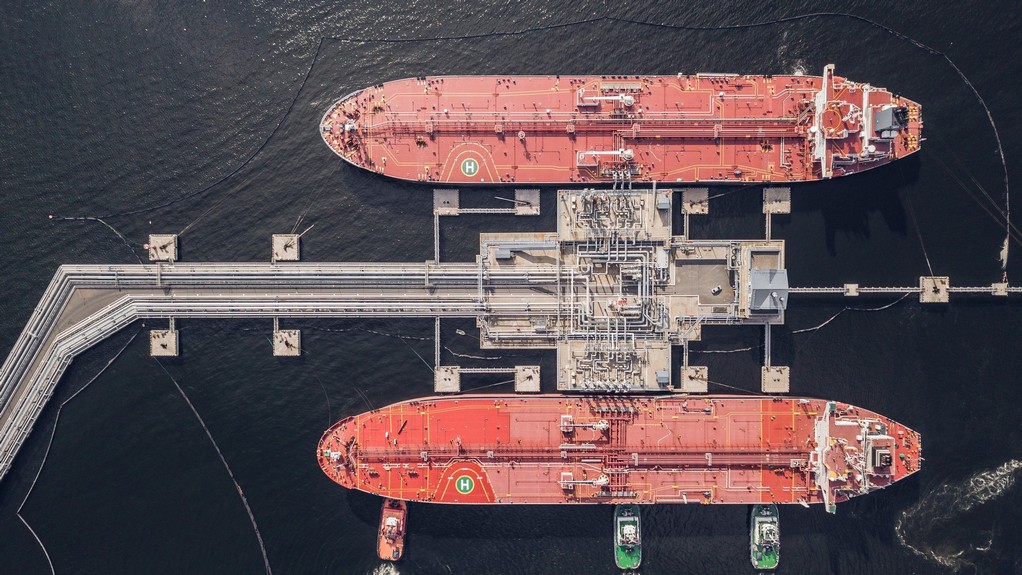CB Fenton, part of Ultramar (Chile), and Kanfer have signed a memorandum of understanding (MoU) with the clear purpose of establishing an attractive hub for LNG bunkering and smallscale LNG distribution in/out of Panama. The parties have joined forces and are now seeking a partner in the LNG trading space. The purpose would be that the parties define a joint venture (JV) structure where the JV will be chartering ship(s) from Kanfer, buy LNG and trade them to the maritime industry, as well as gas to power clients in the region.
Panama is among the most important water ways on earth, and a strategic location for bunkering. Every year, there are more than 13 000 ships passing through the locks of the Panama Canal, and a significant number of those ships have waiting time before entering the locks. Approximately 80% of the conventional bunkering is done on the Pacific side (Balboa). For this reason, the parties have agreed to perform a feasibility study for a FSU of LNG on the Pacific side. This FSU will then be a source for smaller ships to supply the growing fleet of dual-fuelled ships with the cleanest fuel available, but also distribute the energy to power intensive industries, power stations, etc., in Central America and West Coast South America.
There is an increasing number of dual-fuel ships in order, and there are currently 857 confirmed LNG-fuelled ships. These ships and shipping lines would like to see a growing number of LNG bunkering stations and bunkering ships at strategic locations around the world. Even in today’s volatile energy market where oil products are favourably priced to LNG, more dual-fuel ships are being ordered and more LNG bunkering ships are required. The path towards more environmentally friendly fuels is crystal clear. More LNG is coming to the market in months and years to come and authorities are adding taxes on dirty fuels. The company is confident that today’s price gap between dirty fuels and LNG will vanish.
As of today, the only LNG bunkering ships available in the broader region are on US East Coast and US Gulf. A ship cannot wait for supply of fuel and finding alternatives to bunkering in the US will be important for the industry. Before the ships enter the locks, it could efficiently use the time for LNG bunkering on the Pacific side.
Facilitating for LNG bunkering to the ships passing or calling Panama is good for the Panamanians as LNG is not only far more environmentally friendly than the conventional fuels, but it could also have impact on another important source of income for Panama, namely the tourist and cruise industry. In addition to that, an LNG Bunkering hub will add value to the shipping trade lanes across the Panama Canal.
The clear ambition of the cooperation is to provide cost efficient and environmentally friendly energy to the maritime industry as well as to power projects in the region.
CB Fenton and Kanfer are now seeking partners to make the business proposition even more appealing to the industry. They believe the right partners shall have experience with bunker trading and/or commodity trading and know how about LNG or natural gas. The companies will actively be seeking such partner and structure the project for having LNG bunkering and distribution services available in 2025/2026. In 2021, Kanfer signed a ship building contract for two ships plus options. It also has a unique design for both sea transportation and floating storage at a time. Both solutions could fit the project in Panama.
Tags: C B Fenton, Kanfer Shipping, LNG Bunkering, Panama, Shipping



Recent Posts
Hong Kong Launches Incentive Scheme to Promote Green Maritime Fuel Bunkering
MSC Hosts Sustainability Experience in Antwerp for Global Supply Chain Leaders
Kinetics and Mitsui O.S.K. Lines Sign MOU to Develop World’s First Integrated Floating Data Center Platform
Port Newark installs EV truck chargers at PANYNJ facility
Singapore’s first fully electric tug launched, paving the way for zero-emission coastal logistics ecosystem
Blue Marlin Becomes First Inland Cargo Vessel with Solar-Assisted Propulsion
ABB and Royal Caribbean Partner on 15-Year Deal to Drive Vessel Efficiency and Decarbonization
IET Establishes Centres of Excellence for Green Hydrogen and Electric Vehicle Research